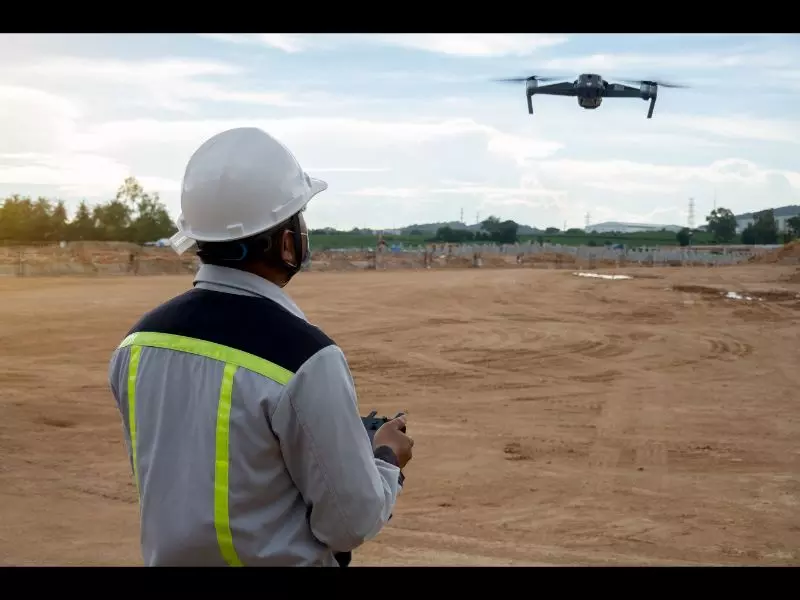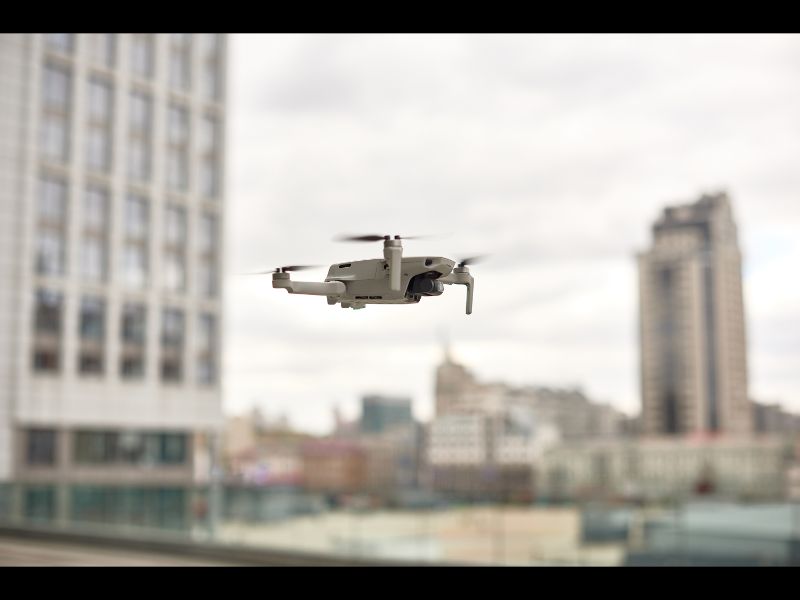The use of drones in construction has already resulted in several modifications in the way structures are constructed. In recent years, drones have assisted in many construction advances, including increased reporting accuracy, improved safety conditions, cost reduction, and increased efficiency.
On the other hand, clients have benefited from the use of drones in building construction. Clients may now get timely updates on how things are going, thanks to drones making it easier for enterprises to deliver visual data on the status of a building project. These status updates contain detailed maps of the entire site with GPS points, allowing them to zoom in and observe minor details of the project. The detailed visual reports may then be shared with stakeholders, allowing everyone involved in a building project to see what has already been completed and what work still needs to be completed.
Here's a look at how drones have already changed the construction sector and how these trends will affect operations in the future.
Land Surveying

Drones are progressively replacing traditional land-surveillance methodologies & technologies. In fact, over the past few years, they've become so popular - because of their cost-effectiveness and safety - that many in the industry are replacing the phrase "bird's eye view" with "drones eye view." Drones drastically minimize the amount of work and time required to conduct reliable surveys and can do so without risking men and material. Drones eliminate much of the human error in the process and can collect data in a fraction of the time it would take using traditional methods.
Job-Site Data Gathering

Drones give project and construction managers a higher level of data understanding, situational awareness, and site intelligence. They can accomplish tasks more quickly because of their ability to collect and report data without manpower, saving time and cost. They will play an increasingly important role in large projects in the future. They're on track to slash timeframes across varied construction projects, and as a result, drone-based contractors will be able to submit considerably more ambitious proposals and deliver on schedule.
Real-Time Monitoring & Communications

Drone technology has progressed to the point where on-the-job networking and communication are abundant. Drones are becoming increasingly popular as a means of maintaining continual contact at construction sites. Drones with cameras installed on them can transmit video footage to help with communication and monitoring. They let organizations keep track of their employees and workers, and they're becoming more and more valuable to superintendents and investors. Drones are also positively impacting site efficiency through the use of real-time data collection and communication. Each day, the reduction in data collection delays has a more significant influence. The ability to monitor workflow 24 hours a day, seven days a week is unparalleled, and it will undoubtedly have a considerable impact on all building operations.
Surveillance & Security

The use of drones has resulted in a significant rise in security efficiency. Drones are increasingly employed in the construction business to ensure employee safety or protect the job site from theft or damage. Drones are capable of being virtually everywhere at the same time. They produce an around-the-clock, real-time monitoring system that has already been implemented by several construction companies, in addition to reducing theft and keeping workers safer. They significantly improve onsite security and safety.
Higher-Quality Inspections

Traditionally, inspections on construction job sites required a team of specially trained individuals with specialized equipment. Progress was most often slow due to the difficulty of reaching certain areas for inspection and maintaining a safe working environment for the team. These days though, a small drone operator team can perform a higher number of inspections at higher quality. Drones allow inspectors to get close-up images of areas and identify potential problems before they snowball into more significant issues that can delay progress and cause financial repercussions.
*****

